The importance of forests
The present (and the future) of forests in the world against deforestation
Without forests we would have neither clean air, nor drinking water, nor much of the food we need to survive. We are therefore, in debt to them. However, deforestation is growing, endangering the ecosystems on which the planet's natural wealth and its ability to cope with climate change depend.
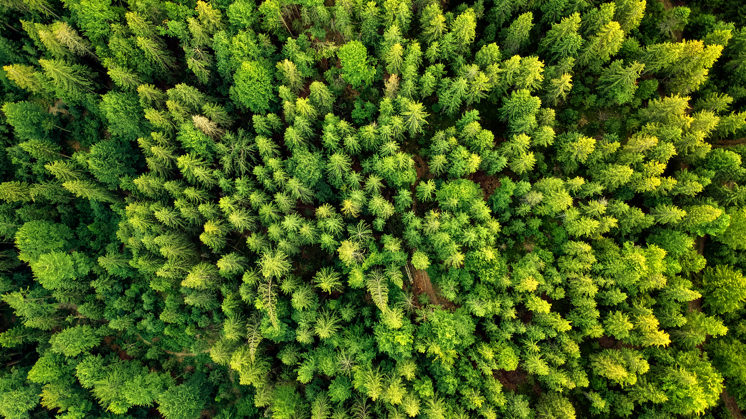
Forests are the lungs of the planet: they are magical places full of life that host more than 75% of the world's terrestrial biodiversity, according to the latest SOFO report (2018) on the state of forests from the United Nations Food and Agriculture Organization (FAO). This means that millions of people, animals and plants are dependent on the future of forested areas that are increasingly being punished by deforestation and global warming.
The state of forests and their importance for human existence
The SOFO 2018 report identifies seven areas of opportunity in its analysis of the importance of forests as an engine of sustainable development within the Agenda 2030:
Supermarket
The global demand for food will increase by 50% between now and 2050 and more crops will be needed to increase security and food sustainability. This will require forest-friendly agricultural policies to avoid deforestation.
Life insurance
Forests generate 20% of household income in rural areas of developing countries. In addition, some forest products provide a livelihood for one in five people in the world, especially the most vulnerable groups.
Water source
Forests provide drinking water to more than 33% of the largest cities in the world. The quality of this resource, essential for rural and urban health and development, is linked to forest management.
Energy
Forests provide 40% of all the world's renewable energy. It will therefore be necessary to obtain plant fuel in a more sustainable manner in order to reduce the deterioration of forests.
Superhero
Good forest management strengthens resilience and adaptation to natural disasters related to climate change, as well as supporting the application of global measures to combat global warming.
Carbon sinks
In this sense, the importance of forests is because of the absorption of the equivalent of some 2 billion tons of CO2 per year. Learn more about carbon sinks here.
Leisure
Nature tourism makes up 20% of the world's tourism industry and, moreover, the rate of childhood obesity is up to 19% lower in places where children have easy access to green areas.
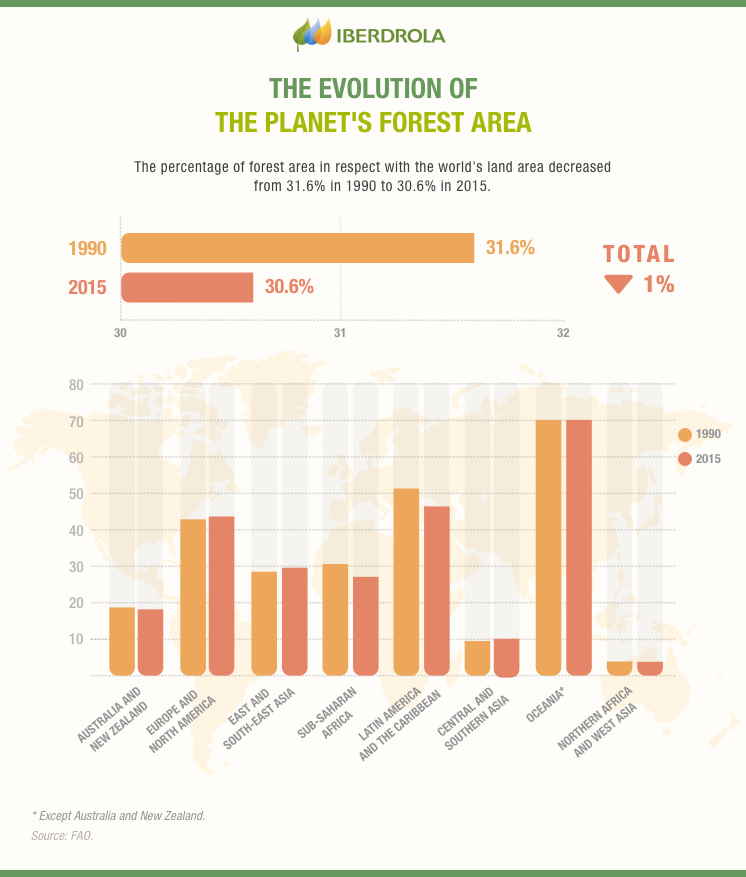
SEE INFOGRAPHIC: The evolution of the planet's forest area [PDF] External link, opens in new window.
Conservation of forests in the face of advancing deforestation
The United Nations (UN) estimates that the world is losing 13 million hectares of forest each year. The problem of deforestation causes, according to the SOFO 2018 report, almost 20% of total greenhouse gas (GHG) emissions — more than all transport combined — and is already the main cause of climate change after the burning of fossil fuels.
The loss of forest areas, caused by climate change and above all by the conversion of land for agricultural and livestock use, threatens terrestrial biodiversity and the survival of indigenous, forestry and forest communities. It also endangers more than a billion people worldwide who obtain food, medicine and energy from terrestrial ecosystems, according to FAO estimates.
Forest conservation is vital because of its positive effects against global warming and for the protection of biological diversity and indigenous peoples. Safeguarding forest areas strengthens the management of natural resources such as the planet's fresh water — 75% comes from these ecosystems — and increases land yield. These ecosystems are also the source of clean air and home to more than 75% of terrestrial animals and plants, as well as natural pollinators that generate more than $200 billion annually to the global food industry, according to the UN.
The most beautiful forests in the world
Forests not only help us breathe, hydrate and feed, they also inspire us thanks to their immeasurable beauty. There are different types of forest depending on the vegetation — lush, mixed and coniferous; the climate — tropical, subtropical, temperate and boreal; and the degree of human intervention — virgin and anthropogenic, among other factors. From all of them, the international society National Geographic chose the most beautiful in the world:
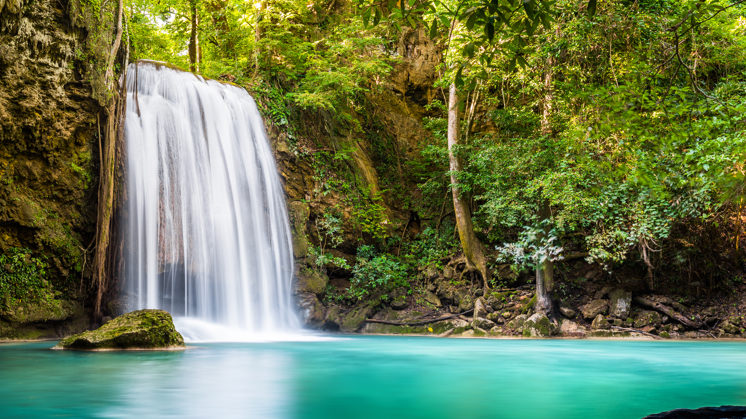
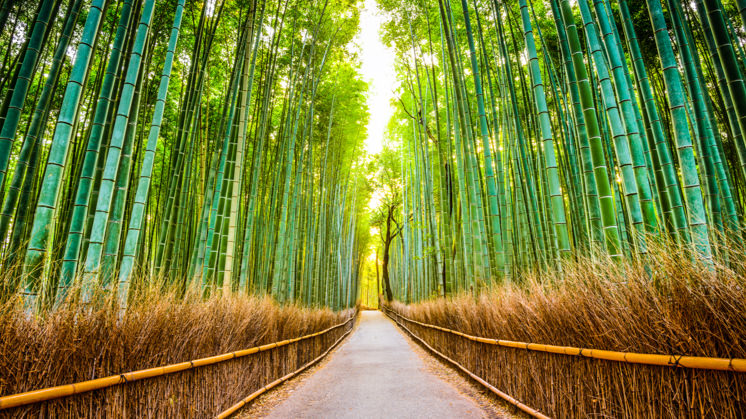
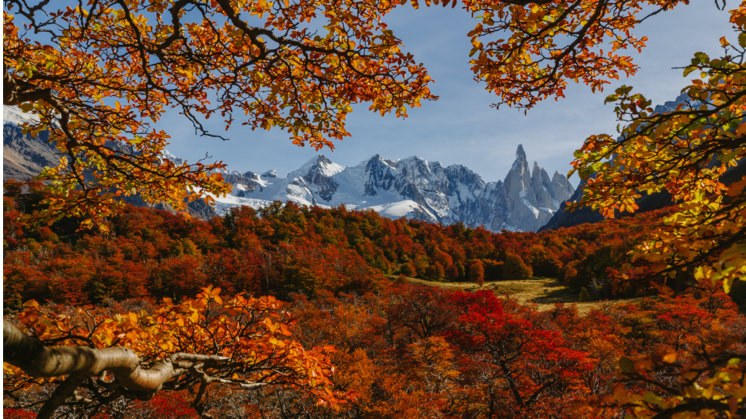
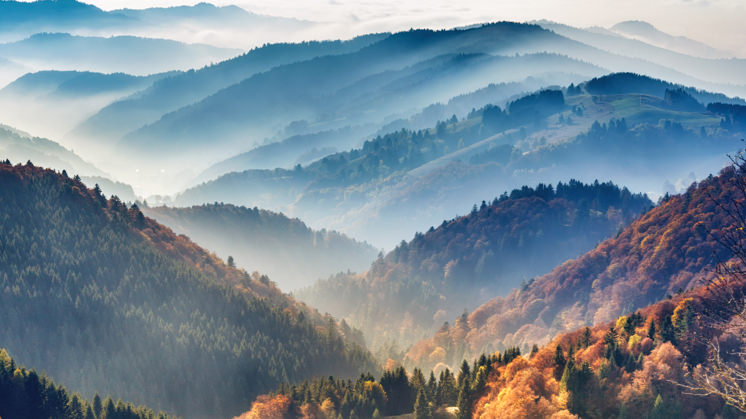
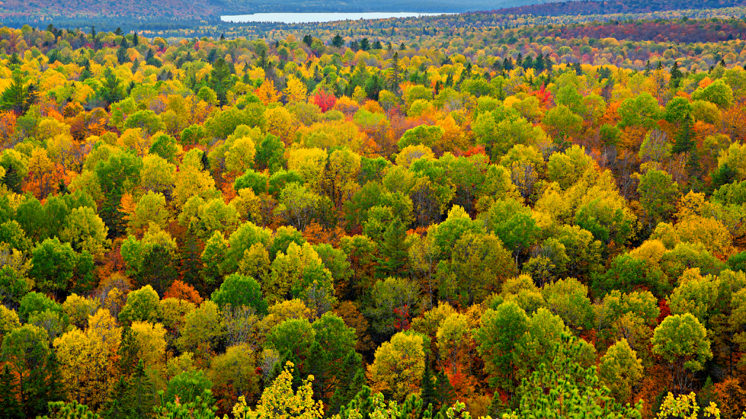
- Erawan National Park (Thailand): attracts attention for the golden colour of its trees in autumn and for its fauna - it is inhabited by a multitude of birds, flying squirrels and monkeys.
- The Forest of Brocéliande (France): covers 7,000 hectares and has been inhabited for more than 5,000 years, as evidenced by the many menhirs scattered throughout the area.
- Sagano Forest (Japan): a bamboo forest with 50 different species and specimens up to 20 meters high.
- Los Glaciares National Park, (Argentina): World Heritage Site since 1987, these forests of Lenga and Antarctic beech trees flank natural wonders such as the Perito Moreno.
- Kahurangi National Park (New Zealand): a tropical and dense forest where kiwis and wekas reside among tree ferns, red beeches and nikau palms, among other plant species.
- Black Forest (Germany): comprises an area of 6,000 km2of fir trees, meadows, lakes and villages between the towns of Fribourg and Basel.
- Ontario Forests (Canada): great expanses where red, orange and yellow colours predominate on a green base reflected in a thousand lakes and rivers.




